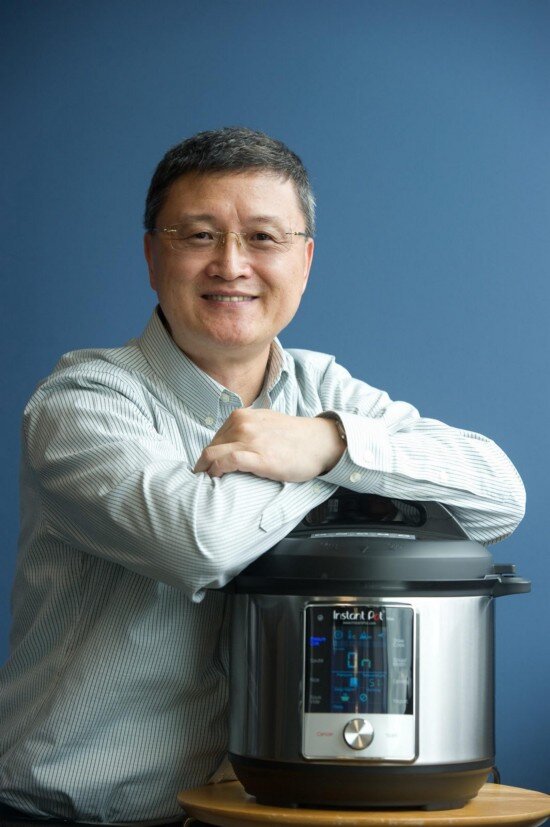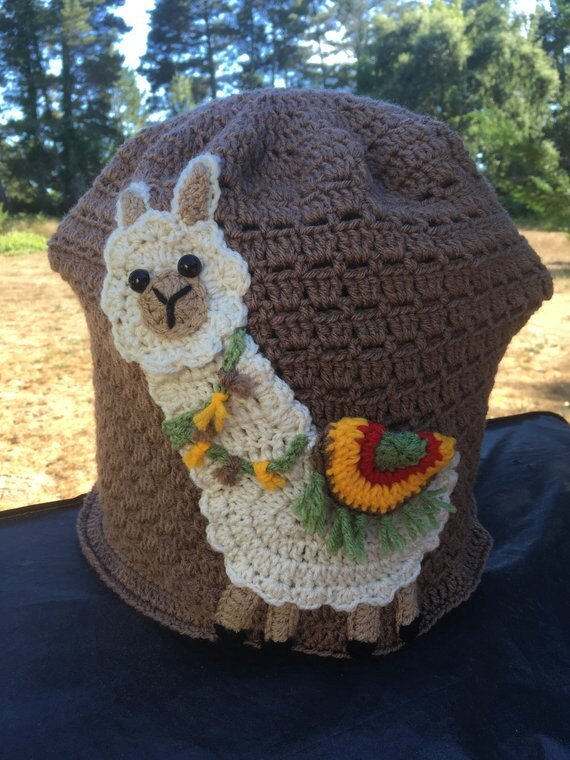How Instant Pot cultivated a rabid community of “Potheads”
The small kitchen appliance company in Ottawa built an incredible product. But they didn’t stop there. Here are the investments they made to help their community thrive.
Instant Pot has a cult following. The multipurpose pressure cooker Robert Wang built is so remarkable that it has spurred an outpouring of enthusiasm from fans around the world.
“We’ve been more than doubling year-over-year from 2011,” in both revenue and unit sales, Robert Wang told reporters.
Instant Pot CEO Robert Wang. Photo courtesy of Instant Pot.
Just on Amazon Prime Day in 2018, Instant Pot sold 300,000 units in 36 hours, breaking the site’s previous record (which it also held). More than 40,000 people have written Amazon reviews for the company’s most popular model. (And Robert has read every single review. Here are some great examples). What’s more, the company did all of this with a small staff and no venture investment.
The customer zeal wasn’t a surprise to Robert, due to a core insight he had early on. “Cooking is not a solitary practice. It’s very much a social practice,” he tells us. “You cook for your family, you cook for your friends, you’ll throw a party if you make a dish.” Because of the social nature of cooking, Robert knew that there was a good chance news about the Instant Pot could spread through word of mouth, thanks to its most passionate customers. He was right.
But Instant Pot’s product didn’t just spur word of mouth enthusiasm. Their team invested in creating something more generative — a community of their most passionate people.
In this post, we’ll break down the three key investments they made to spark a community.
If you want to hear directly from Robert about why they invested in a community, you can tune into our conversation with him on our podcast.
Robert and his team opened an official Facebook group in 2015, imagining it as a space where customers separated by geography could help each other with Instant Pot questions — both connecting superfans and lightening the burden on the company’s customer support team.
Today, more than 1.5 million people of all ages, languages, and backgrounds have joined the Facebook group to share recipes and Instant Pot fandom.
“I don’t think there’s much secret. Get the product right, treat the customer well, and get them talking. That’s it.”
Robert Wang tells us that his team chose to create a Facebook group after deciding against a Facebook page and an email marketing strategy. “The objective was to get old customers and new customers and non-customers all to talk. For those needs, email marketing wouldn’t work and a Facebook page wouldn’t work because in those people aren’t talking to each other,” Robert says.
This was crystal clear to Robert, but, for many community leaders, getting your most passionate people talking to one another isn’t an obvious step. For any community to flourish, it’s essential that members have a space where they can speak directly to each other, without having to depend on a founder or leader to play intermediary.
Insight #2:
Instant Pot created structure that focuses conversations.
As you can imagine, it’s a challenge to keep conversations meaningful when there are more than a million participants in a Facebook group.
To help with that, Instant Pot created structure for their Facebook group. To join, you have to answer a few questions about who you are and what’s motivating you (e.g. How long have you been an Instant Pot user? Do you agree not to post “Link & Run” spam, self-promotion, or use inappropriate language or bullying?).
Moderators also review applications and any posts that members submit, and are on hand 24/7 to answer questions by Potheads in need. When we spoke to former marketing manager Anna Di Meglio, she explained that when she first arrived at Instant Pot two and a half years ago, there was just one moderator for 65,000 members. As of last fall, she had hired six more moderators to serve the 1.5 million members who share about 5,000 posts a day.
Why? “When the community was started, for the most part we wanted it to moderate itself,” Anna explained. As the page grew, spammers, trolls, and other off-topic posts started showing up. “Today, our goal is to ensure that when people scroll down the feed, they see Instant Pot recipes, tips, questions, and people supporting each other. It’s all about Instant Pot.” Profanity and bullying aren’t allowed either.
The impact of this quality control can be felt. With every post, no matter how short, thoughtfulness shines through. As Anna said, “Potheads love the product so much that they love helping each other out. It’s a mission for them to truly make sure that they’ve helped so you have a great Instant Pot experience. It’s so special.” It’s these rich dialogues that keep the online Pothead community vibrant.
Insight #3:
Instant Pot supports “Potheads” who cultivate their own communities.
In addition to Instant Pot’s own Facebook group, there are hundreds more groups led by members of the community — for Instant Pot fans looking for recipes that cook just beans, or cater to autoimmune disorders, or ideate around a specific cuisine. More than 5.5 million people follow one of these Instant Pot-related accounts on Facebook.
For instance, there’s Coco Morante, a food blogger in Portland, Oregon who received her first Instant Pot as a Christmas present from her husband in 2014. She told CNBC that she started an Instant Pot Facebook page that “went pretty viral, pretty quickly.” Now that Facebook group called “Instant Pot Recipes, ” has more than 515,000 followers and she’s written multiple cookbooks on how to use Instant Pots.
Or Urvashi Pitre, a Dallas-based food blogger raised in Pune, India. She posted a remarkable recipe for butter chicken to the official Instant Pot Community Facebook group. The recipe quickly became one of the Facebook group’s most popular posts, and Urvashi became known as the Butter-Chicken Lady to fellow “Potheads.” Within a few months of posting her recipe, Pitre signed a book deal for the “Indian Instant Pot Cookbook.” Her book was officially endorsed by Instant Pot and has more than a hundred thousand copies in print.
Instant Pot spurred a “cottage industry” of cookbooks and Facebook groups. Here are the books by community members that sit in Robert Wang’s office. Photo by Julie Oliver for Postmedia.
Robert Wang estimates that more than 2,000 Instant Pot cookbooks have been written by amateurs and professionals like Urvashi and Coco. Some have become Amazon best-sellers.
When Instant Pot supported “Potheads” who were cultivating their own communities, many other companies would have succumbed to urges to “protect the brand,” and shut down these rogue efforts. But by supporting and endorsing individual chefs, Instant Pot encouraged an ecosystem of enthusiasts to form around their product. These Instant Pot advocates act as autonomous marketers for the product, and they can communicate and connect with fellow Instant Pot fans in a more authentic and specific way than the Instant Pot brand ever could.
“It seems that no matter what your particular culinary or dietary preference, there is likely to be an Instant Pot chef, blogger or cookbook to suit your needs.”
Instant Pot knew that growing a community isn’t about management. It’s about developing these leaders. Shared ownership of the Instant Pot brand fuels its community’s fire. With the help of passionate fans, a community can reach more people and sustain itself longer than the team at Instant Pot HQ could have managed on their own.
This case study was produced by the team at People & Company.
We published a book, host a podcast, and we work with organizations like Nike, Porsche, Substack and Surfrider as strategy partners, bringing confidence to how they’re building communities.
Stay up to date on all things Get Together.







